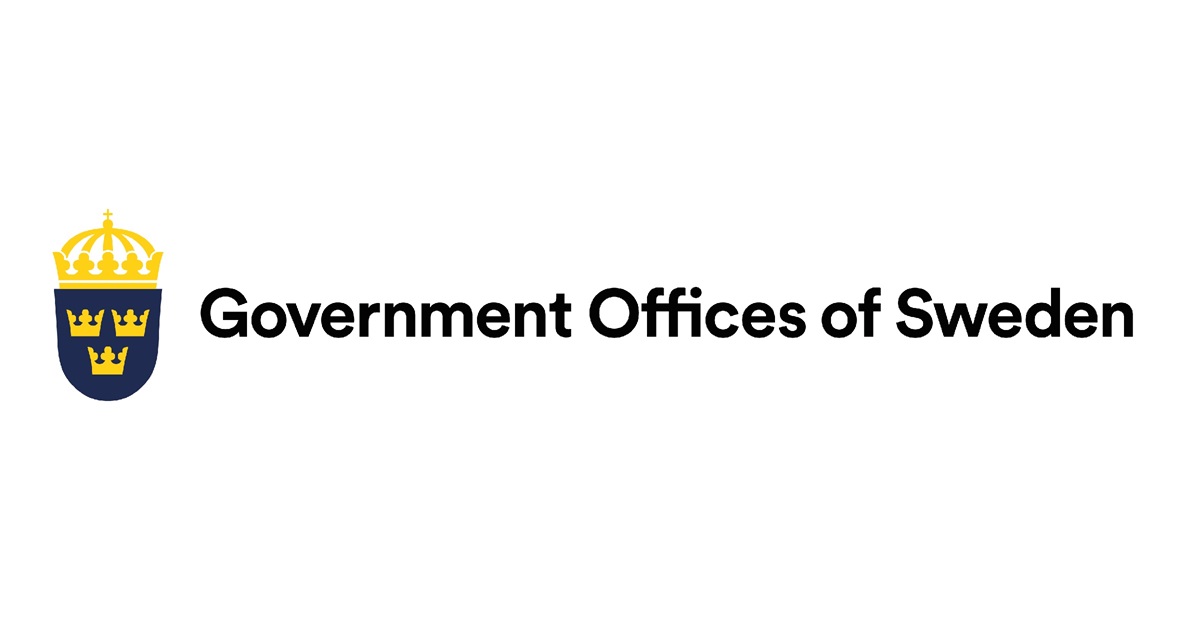Frankenscript
Known around here
- Dec 21, 2017
- 1,288
- 1,201
Anybody know if Texas is still using the freaky case definition that started a month or two ago, where any confirmed diagnosed person was a case, anyone living with them was a case, and maybe neighbors were also cases? For gosh sakes, I'm expecting if you heard the word Coronavirus on the radio you could become a case by their weird system. I suspect this may have been misunderstood at the time of reporting (not exactly fake news, just misunderstood criteria).
My concern around both the Texas case definitions, and the screw ups in inappropriately combining PCR and antibody test results, undermines public confidence in the health care response which is already shaky for some good reasons. I wouldn't expect Texas to artificially inflate case numbers because they are part of the "pro-opening" cluster of states. However, I would not rule out them being part of a larger play to undermine confidence in the system. This is pretty far into tinfoil hat territory; I'm not saying I believe this, but I am trying to understand it.
The best I could do is this document:
Which actually DOES NOT say all these esoteric things are cases, just provides epidemiological and clinical linkage criteria. So if you are in a hotspot and have COVID symptoms with no test to back it up you are considered a probable (but NOT confirmed) case. This is appropriate. I'm trying to figure out how these criteria got turned into reporting saying essentially if you lived with or next to someone with COVID-19 you were considered a case (in absence of symptoms).
My concern around both the Texas case definitions, and the screw ups in inappropriately combining PCR and antibody test results, undermines public confidence in the health care response which is already shaky for some good reasons. I wouldn't expect Texas to artificially inflate case numbers because they are part of the "pro-opening" cluster of states. However, I would not rule out them being part of a larger play to undermine confidence in the system. This is pretty far into tinfoil hat territory; I'm not saying I believe this, but I am trying to understand it.
The best I could do is this document:
Which actually DOES NOT say all these esoteric things are cases, just provides epidemiological and clinical linkage criteria. So if you are in a hotspot and have COVID symptoms with no test to back it up you are considered a probable (but NOT confirmed) case. This is appropriate. I'm trying to figure out how these criteria got turned into reporting saying essentially if you lived with or next to someone with COVID-19 you were considered a case (in absence of symptoms).











